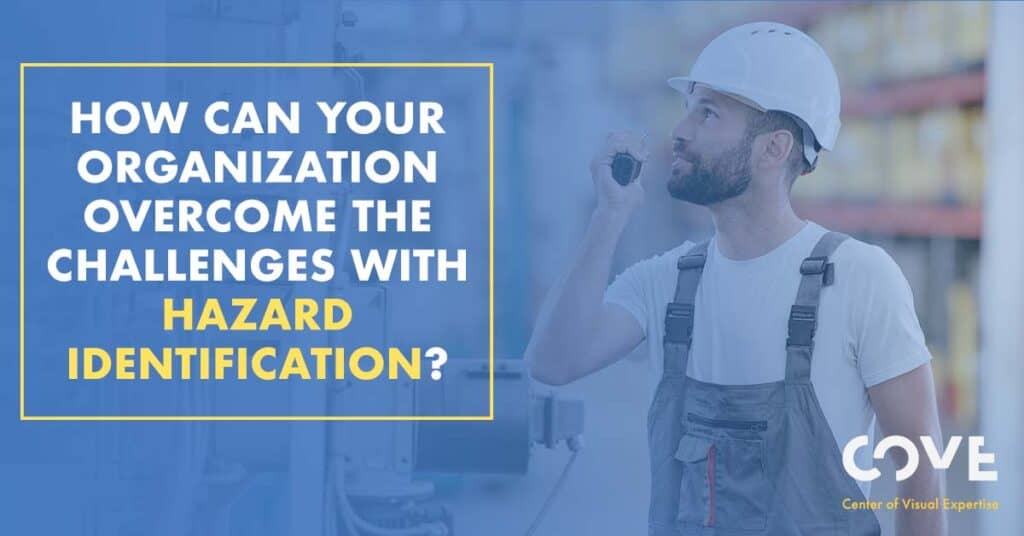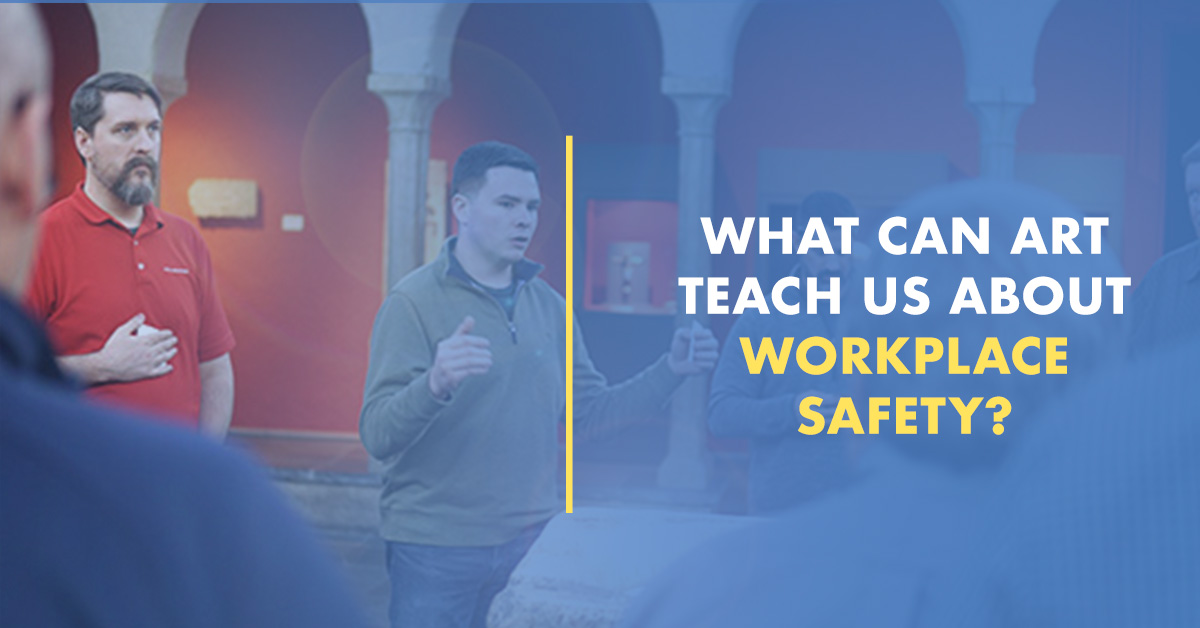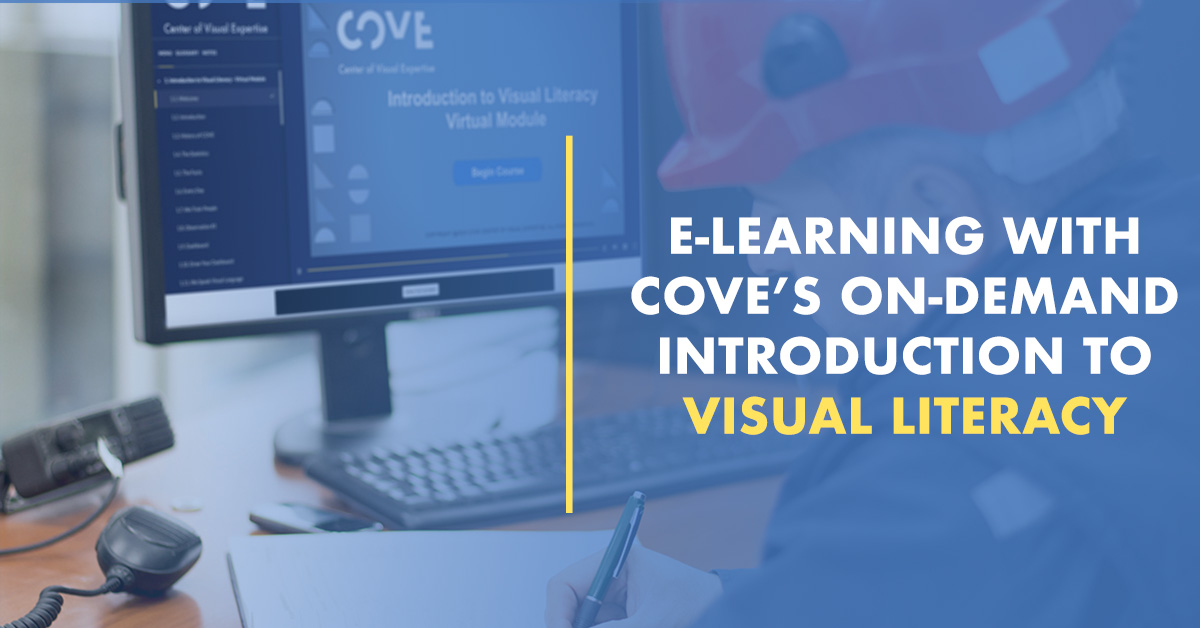Organizations committed to safety know that finding and addressing hazards before they cause harm is mission critical. They have the best intentions and may be prepared with safety protocols, checklists, best practices and training, but even then, something fails, errors are made, and steps are overlooked for one reason or another.
Hazard identification, specifically, is complex and riddled with challenges that if an organization doesn’t have a structured, sustainable process in place with consistent training across the enterprise, then you can’t expect successful outcomes downstream. In this article, we discuss the obstacles in hazard identification and provide guidance on how to build an effective process.
The Challenges with Hazard Identification
Think for a second of the email you may have written that included a misspelled word, a missing word, or something even more embarrassing even though we proofread it before we hit “send.” It is so easy to overlook something because it is familiar. We know what we meant to write and that is what we see. Our experiences and expectations guide our interpretation of the images we are looking at, and if it is different from what we expect, we can misinterpret what we are seeing.
Similarly, in workplace safety, and in this case hazard identification, what we see and how we interpret what we see is critical to reducing risks and preventing incidents. Just like in writing an email, we can easily hit auto-pilot when identifying and assessing hazards because we are so familiar with the environment. We’ve become so accustomed to what’s there and how it operates that we become blind to new dangers or make assumptions that the known hazards do not pose as much risk as they really do.
We discussed this type of familiarity as a common bias in a previous article. But it’s not just biases that disrupt hazard identification; there are also error traps that prevent us from spotting hazards clearly and, in some cases, may cloud our judgement. The white paper Elevating Safety Performance with Visual Literacy and Human Performance Strategies outlines four distinct categories of error traps. Here are just a few:
Work environment
- Distractions and interruptions
- Changes and departures from routine
- Out of service warning systems
- Poor condition of equipment and tools
Individual capability
- Illness
- Inexperience
- Physical limitations
- Poor attitude
Task demand
- Time pressure
- High workload
- Confusing procedures or vague guidance
- Repetitive work
Human nature
- Distress
- Boredom
- Limited attention span
- Overconfidence
How can you combat biases and error traps? By developing a strong hazard identification process and building skills in Visual Literacy, you can see more clearly and assess more thoughtfully. Visual Literacy training increases an individual’s capacity and capability to spot task, work environment, human nature and individual traps before they possibly cause harm or damage.
Let’s take a look at developing an effective hazard identification process and then talk through Visual Literacy and how it helps enhance it.
The 4 Components of the Hazard Identification Process
For hazard identification to be successful, the process requires structure and organization. These five components help reinforce the process and support our ability to be more successful in identifying and addressing hazards that exist in the workplace in a sustainable manner. The process involves:
1
Developing an inventory of the hazards and determining what risks they pose. Conducting hazard hunts or performing any other forms of hazard identification that exist in the workplace can be a lot of work and, therefore, needs some structure. First, catalog the hazards with their location and photograph them, if possible, to ensure they will not be forgotten. Second, select a scoring method to assess the risk of each identified hazard, so they can be prioritized and you can take action on them later.
2
‘Containing’ the hazard until it’s resolved. Too often we leave a hazard “uncontained” until we have a more permanent solution. But, in doing so, we run the risk of the incident recurring. We should employ critical thinking such as analysis, interpretation and problem solving, as well as apply the Hierarchy of Controls to contain the hazard until we find resolution.
3
Determining where similar hazards may exist elsewhere. Leverage the learnings in one area and expand the impact to which it may have in other areas. If there is one hazard in one location, chances are the same hazard exists elsewhere in the organization.
4
Communicating what hazards have been identified, assessed, and resolved. Engaging the workforce in safety is critical to organizational success, so when there is lack of communication about safety efforts, there is a chance in losing the trust of the employees. Clear, concise and constant communication emphasizes our commitment to safer work. But communication doesn’t just have to be conference calls or email announcements; it can include poster sessions, daily leader communication (written or verbal), t-shirt briefings and safety huddles. Take advantage of mobile technology to send alerts, warnings and report out findings.
Leveraging Visual Literacy for Greater Returns
Because hazard identification relies primarily on sight, employees must build their visual acuity skills. Visual Literacy training does just this; it trains people how to see. The better we understand how we all see and interpret images, the better we can ensure others will safely use, operate or interface with the items we design.
In addition to helping employees “see” hazards, Visual Literacy also teaches employees to slow down and work to avoid the error traps we discussed at the beginning of this piece. Workers are asked, “What do you see?” “What meaning do you attach or interpret to what you see?” And, “what do you do after you’ve made an observation?” Visual Literacy training strengthens our interpretations of what we are seeing, trains us on the appropriate actions to take and reduces the risk of overlooking a potential hazard.
With this all said, you may be wondering if you should rewrite your safety processes, particularly hazard identification and assessment. This isn’t necessarily the case. The Visual Literacy methodology and training are not meant to replace current safety practices and processes, but instead they are meant to build competencies in visual literacy that improve the execution of our safety processes and improve our safety performance.
So if your organization is not seeing the results in safety performance it once did or if you feel like your current processes could use a refresh or if you simply feel like something is missing from your safety management systems, consider Visual Literacy training for your workforce and start seeing positive outcomes.
Read our Introduction to Visual Literacy and learn more about how it is applies to hazard identification. Have questions? Contact us for more information.




